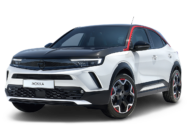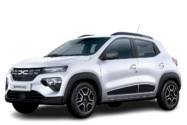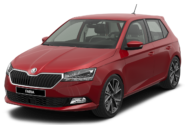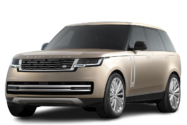Hyundai STARIA 2.2 CRDi diesel AWD automatic
2023
19%
5.3
10
Clean Air Index
0.5
10
Energy Efficiency Index
0.0
10
Greenhouse Gas Index
| Laboratory Tests | NMHC | NOX | NH3 | CO | PN | |
|---|---|---|---|---|---|---|
| 5.110 | Cold Test | |||||
| 7.910 | Warm Test | |||||
| 0.010 | Highway | |||||
| Cold Ambient Test | Does not qualify for additional robustness testing | |||||
| Road Test | ||||||
| 7.910 | On-Road Drive | |||||
| 2.95 | On-Road Short Trip | |||||
| On-Road Heavy Load | Does not qualify for additional robustness testing | |||||
| On-Road Light Load | Does not qualify for additional robustness testing | |||||
| Congestion | Does not qualify for additional robustness testing | |||||
| Laboratory Tests | Energy | |||
|---|---|---|---|---|
| 0.510 | Cold Test | |||
| 1.310 | Warm Test | |||
| 0.010 | Highway | |||
| Cold Ambient Test | Does not qualify for additional robustness testing | |||
| Consumption | Driving Range | |||
| Average | 9.4l100 km | 811km | ||
| Worst-Case | 11.1l100 km | 678km | ||
| Greenhouse Gases | CO2 | N2O | CH4 | |
|---|---|---|---|---|
| 0.010 | Cold Test | |||
| 0.010 | Warm Test | |||
| 0.010 | Highway | |||
| Cold Ambient Test | Does not qualify for additional robustness testing | |||
Specifications
- Tested Car KMHYF811DNU05XXXX
- Publication Date 04 2023
- Vehicle Class Business and Family Van
- Emissions Class Euro 6d AP
- Tyres 235/55 R18
- Mass 2,401 kg
- Engine Size 2,199 cc
- Power/Torque 130 kW/430 Nm
- Declared CO2 232 g/km
- Declared Consumption 8.9 l/100 km
- Heating Concept Waste heat





























































































































































Our verdict
The Hyundai Staria is large 7-seat van with a 2.2 litre Diesel engine and a technically permissible maximum laden mass of 3,030 kg. The utility value of the vehicle should be acknowledged when analysing the fuel consumption figures, but in Green NCAP's neutral approach the car can't score in terms of sustainability. The heavy van needs 8.9 l/100 km in the Cold lab test and 11 l/100 km in the Highway Test. While the reasons for the poor results in the Energy Efficiency and Greenhouse Gas Indexes are obvious, the Staria's exhaust aftertreatment behaviour also fails to impress. It scores zero points in the Highway Test due to exceedance of the NOx threshold, which limits the overall Clean Air result to 5.3/10. With an Average Score of 19% the Hyundai Staria receives 1 Green star and closely misses one more half of a star.